There are 55 minority ethnic minority groups besides the Han, such as Mongol, Hui, Tibetan, Uygur, Kazak, Miao, Yi, Zhuang, Buyi, Korean, etc. Each minority has its unique culture and life style.
The most popular destinations for minority discovery are Yunnan, Guizhou, Guangxi, Xinjiang and Tibet, which also boasts amazing natural scenery.
Have a taste of the most charming flavor of China's Minority and Religious cultures and get acquainted with primitive ethnic villages and its distinctive traditional festivals.
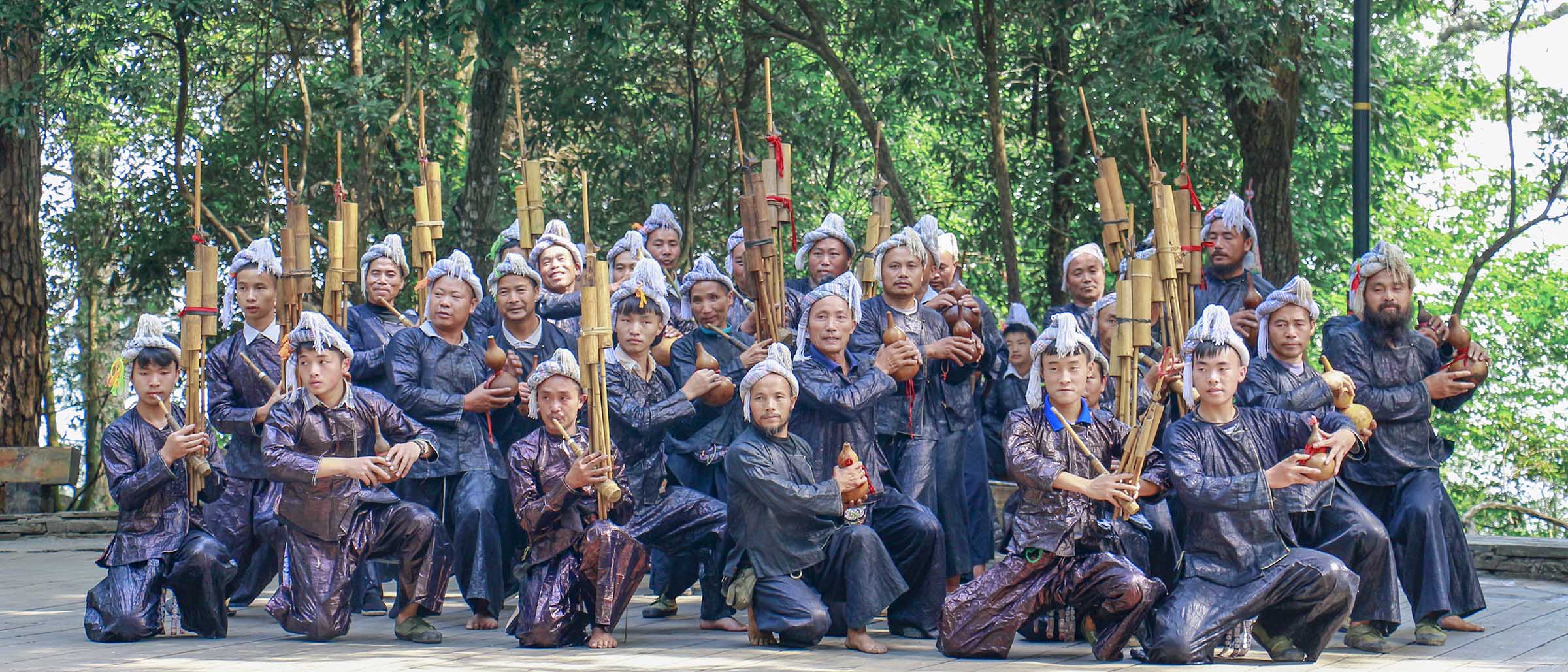
Amdo Tibetan
The region of Amdo Tibet lies on the northeastern part of the Qinghai-Tibet Plateau. It covers a large part of present day Qinghai Province as well as the adjoining parts of Sichuan and Gansu Provinces. This distinct region in Tibet lies the far away from Lhasa and is still primarily characterized as nomadic, especially throughout the prefectures of Golog (Golok), Huangnan, Hainan, Aba, and Gannan. Nomadic communities spread across this vast area yet, unlike Kham Tibet, maintain a common dialect throughout. The Amdo herdsmen fit many people's stereotypes of Tibetan nomads, and the Golog tribe of southern Amdo are even renowned as the most wild by Tibetans themselves.
The Amdo Tibetans are unified by their relatively similar forms of language, mainly based on archaic nomad dialects that seem to have changed little over centuries. Today the Amdo claims the highest levels of Tibetan literacy and are proud of their scholars. Relative to Kham Tibet, this region is less mountainous with vast grasslands that are painted in green throughout summer while herds of yak and sheep graze under the care of shepherds. Winter brings an especially desperate environment to this part of the Tibetan plateau with low temperatures mixed with relentless winds.
Kham Tibetan
A historical region of Tibet covering a land area largely divided between the present-day Tibet Autonomous Region (bordered by the Yangtse River) and Sichuan province, with small portions located within Qinghai, Gansu and Yunnan provinces.
The region of Kham is very diverse geographically, containing large mountain ranges and vast grasslands. Four major rivers and six mountain ranges combine to make the scenery of this part of Tibet breathtaking. The headwaters of the Mekong, the Yangtse, the Yalong and the Salween, flow out of Kham Tibet from the East and South-Eastern parts of the Tibetan plateau. Kham is a fascinating region with remote communities, monasteries, wilderness and a tumultuous history. No permits are required for independent travel in the Kham region.
The people of Kham Tibet, known as the Khambas (or Khampas) live up to their reputation for bravery and horsemanship when they compete in summer “horse racing” festivals. Furthermore, they are also known for cheerfully enduring a beautiful yet sometimes harsh environment, especially in winter.
Qiang Ethnic Group in Sichuan
Qiang ethnic group lives in forests and rugged mountains in western Sichuan and the Qiang people are possibly the indigenous people of China. They are closely related to Tibetans and other Tibetan-related groups like the Naxi and Pumi.
The Qiang people have created a unique culture in arts and crafts. The clever and deft Qiang women can do embroidery and drawnwork extemporaneously. Besides, the Qiangs are good singers and dancers, "toasting song," "plate song," "mountain song" and "leather drum" dances with accompaniment of gongs, tambourines, suona horns and bamboo flutes are quite popular.
Due to the long history and their relative isolation, the Qiangs have a very old and characteristic culture and customs. The two earliest forms of literature are old poems and myths which still have great influence and many outstanding works have been passed on for many generations. Most Qiangs can sing folk songs which are composed of four or seven syllables in each line and are similar to the four-character verse or seven-character verse in Chinese. Among the famous Qiang myths are "the Creation of Heaven and Earth", "the Forming of Valleys and Plains", "Creation of Human Beings", and "Dou'anzhu and Mujiezhu". Their stories about marriage between sister and brother and the shooting down of eight suns are believed to have a very ancient origin.
The "Qiang Nian Festival" and the sacrificial rite to the Holy Mountain are the most important folk festivals in the Qiang area. Holy Mountains rites are held in spring and fall respectively. Qiang pray to have good weather in spring and thank god for the harvest in fall. In different regions, the sacrificial rite to the Holy Mountain are held at different times: some in January, some in April or May. Some of them hold it once, some twice, while some three times in a year. The procedures of the rite are very complicated and different areas have different totems. There are three major forms in the rite: the Sacred Sheep, the Sacred Ox, and the Sacred Dog. Usually, the ceremony is held in a sacred area in the forest.
Miao Ethnic Group
About half of the Miao population lives in the southwestern part of China, in the provinces of Guizhou, Hunan, Yunnan, Sichuan, Guangxi, Hubei and Hainan. Most Miao live in the mountains, such as the Wuling Mountain by the Qianxiang River, the Miao Mountain, the Yueliang Mountain and the Wumeng Mountain by the Tianqian River.
Miao villages range in size from just a few to tens of thousands. The size of villages may be closely related to the availability of arable land. What's more, the communities rely heavily on tightly-knit family bonds and friendship. Sons of the family inherit their parents’ property, while the daughters receive silver heirlooms and other important family relics when they get married. The Miao people often cultivate rice along mountain hillsides, also having cattles such as water buffaloes, and poultries like chickens, pigs, geese and ducks. Pickling and salting are the preferred methods for storing food, hence their favorite dishes include salted fish, pickled red peppers and homemade distilled alcohol.
One of the most famous artistry of Miao is embroidery. Clothings that women wear during special occasions is often made of cotton dyed in indigo by tropical plants. Miao embroidery is not only of great importance to the Miao people themselves, but also to Chinese culture. One of the characteristics of Miao embroidery is the rich colors, which makes people wearing it look bright and inspiring. The designs in the embroidery come from daily life which depicts flowers, birds and fish. The fact that the Miao don’t have their own written language makes these embroideries all the more intriguing, as they provide a glimpse into this ancient, and in many ways mysterious, culture.
Yi Ethnic Group
The Yi ethnic group is better known to many as the Nuosuo or Nuosu, but they are called by many other names too. There are about 9.5 million Yi people in China, so they are one of the biggest of China's 55 official ethnic groups. They live in southwestern China, mainly in Yunnan and Sichuan province.
Yi Ethnic Minority has splendid culture and art. Their works on history, literature, medicine, and chronology written in Yi language are valuable documents. The popular civil dance with Yi people is called Tiaoye, a form of collective dance. Traditional industrial arts include embroidery, coating of lacquer, silver accessory, carving, and painting, etc., such handicraft industry is well developed. Furthermore, clothing of Yi people are diversified with about 100 categories.
Their ancestral history (and present history too) is quite interesting since they founded a big empire called Nanzhao about 1,000 years ago. Tourists are attracted to their tribal villages, cuisines, and their vibrant ethnic culture.
The last tribe of gunners in China
At the foothill of a mountain 7km away from Congjiang, Guizhou, a Miao tribe called Basha preserves their centuries-old customs. The village is a mysterious place to explore.
Legend says the Basha tribe are descendants of Chiyou (蚩尤), a sagacious tribal leader of the ancient Nine Li tribe (九黎) who fought against the Yellow Emperor during the Three Sovereigns and Five Emperors era (三皇五帝). Like their ancestor, these Miao people relied on guns to hunt for food in nearby forests for a long time . Although the villagers no longer hunt, they are given special permission to own guns within the mountains they inhabit.
Before visitors step into their village, a group of Basha men wearing silver jewelries would play a piece of local music with Sheng (笙), an old Chinese reed instrument. And girls would offer visitors sweet rice wine served in buffalo horns. Don’t ever refuse the wine even if you can't drink — it is your passport to Basha. After the performance, men would stand in line at the entrance and fire their long rifles into the air for three times.
Different from many other Miao groups, people in the Basha tribe still wear traditional clothing and unique hairstyles, which date back to the Qing dynasty. The haircut rite, also known as the coming-of-age shaving ceremony, is perhaps the most noticeable custom in the village. During the ceremony, the tribe leader shaves off all of a boy’s hair with a reaphook, except for the central part on top which is then coiled in a bun, indicating adulthood. It’s said this haircut, a symbol of masculinity, is the oldest male hairstyle still worn in China.
Walking Marriage of the Mosuo Ethnic Group-The place in China where women leads
The Mosuo is a small ethnic group belonging to the Naxi, inhabiting in Yunnan and Sichuan Province. One of the best known, and least understood, aspects of Mosuo culture is their practice of what has been termed “walking marriage”.
Mosuo is the only matriarchal society in China that still exists with the system of “walking marriage”. There is no traditional marriage in Mosuo culture. Therefore, there are no husbands or wives. Children of such relationships are raised by their mothers and the mothers' families. All on-going sexual relationships in Mosuo culture are called “walking marriages.” These bonds are “based on mutual affection.” In the daytime, young men and women express their deep liking with each other by singing and dancing. With the emotional foundation to some extent, women invite men to visit their rooms at night and to leave the next morning.
The emotional breakdown marks the end of the relationship of walking marriage. Whether or not the father is involved, children are raised in the mother's home and assume her family name. Besides, the Mosuo have large extended families, and several generations live together in the same house. Everyone lives in communal quarters, and there are no private bedrooms or living areas, except for women of an adult age.
The Village of the Longest Hair in Guangxi Province
Deep in the mountains of Guangxi Province lives a group of women, they wear traditional costume with beautiful ornaments; they are gifted to be outgoing and optimistic. These women are called “Hongyao”, who gave the Huangluoyao Village the reputation of “the village of the longest hair”. The place they live is called Huangluoyao Village, belonged to the of Longsheng Gezu Autonomous County in Guangxi Northern Mountain Area.
Huangluoyao Village is located inside the Longji Scenic Area, about 100km away from Guilin. The village lies at the foot of Pingan Terrace; it is the only Yao ethnic dwelling among the Longji thirty villages. In Huangluoyao Village, there're about 60 Hongyao families. About more than 80 Hongyao women out of 120 keep their hair longer than 1.4 meters, with the longest hair as long as 1.8 meters. The group has been listed by Guinness World Record as "the longest hair group”. Each Hongyao woman has three tufts of hair, except for the first tuft grown on the head, they keep the second tuft cut at their eighteenth and the third tuft collected daily when they do up their hair. The three tuft of hair must be bound on the head every day.
For Hongyaos, hair is as important as their life. Normally, Hongyao women’s hairstyle could only be seen by their husband, so unmarried girls always cover their hair with a piece of black cloth until they get married. After giving birth to a baby, they would add a small topknot on the head representing having a child, so by seeing their hair, people could know whether this woman is married and how many child she has.
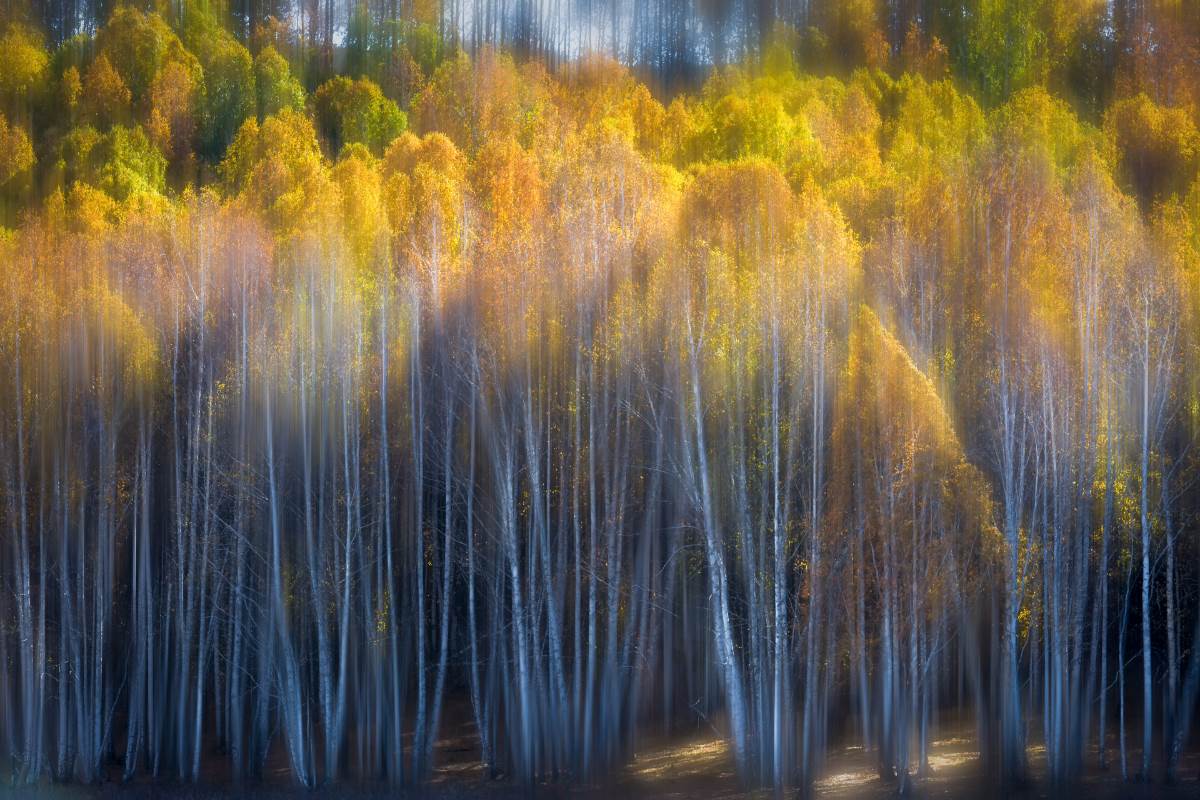
- $1380.00
- 10D9N DAYS
01. Enjoy the beautiful and mysterious Kanas Lake, a heavenly oasis in Xinjiang desert,famous as the “Oriental Switzerland” and the paradise of photographers; The "treasure Light" integrates with the beautiful Kanas Lake view, th…
Read More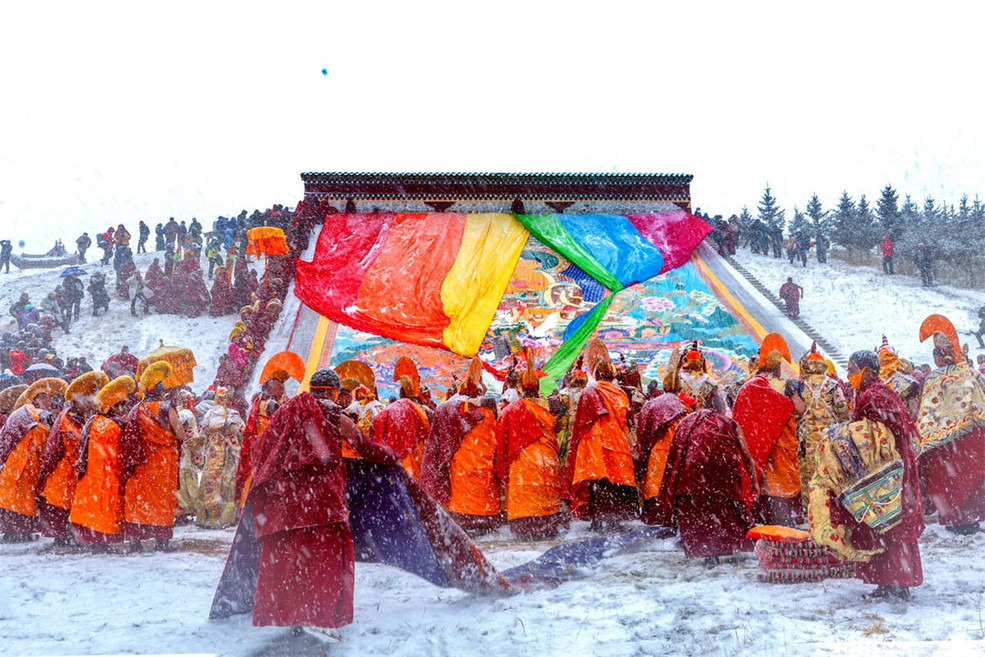
- $1198.00
- 9D8N DAYS
01. Monlam Festival (or The Great Prayer Festival) is the grandest religious festival in Tibet, the 10-Day Amdo Tibetan Monlam Festival tour offers you an opportunity to attend festival events with thousands of local Tibetan nomads, you can …
Read More
- $1138.00
- 8D7N DAYS
01. Enjoy Luoping County from its most colorful side and make beautiful pictures, the dozens of thousands of rape flower fields was awarded the title of "the world's largest natural Garden (rape plantations)" by the headquarter…
Read More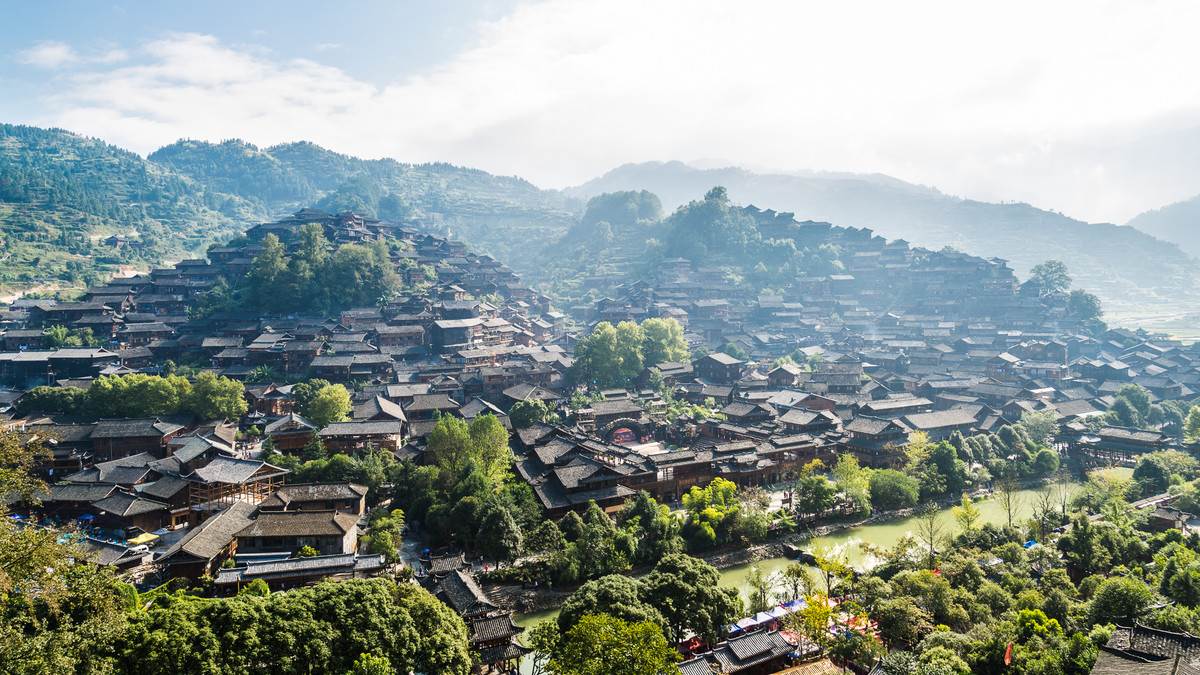
- $958.00
- 7D6N DAYS
01. Experience the original merchant lifestyle, visit master craftsmen, see superb handwork skills, and gain an in-depth understanding of the ethnic minorities’ cultures in Xijiang Miao Village.02. Appreciating different views of the waterf…
Read More
- $1278.00
- 9D8N DAYS
01. A close visit of Zhuang, Dong, Miao, Yao ethnic minority people , photography and explore the charming culture and architecture of minorities.02. Relax while cruising along the picturesque Li River, this beautiful river offers fantastic …
Read More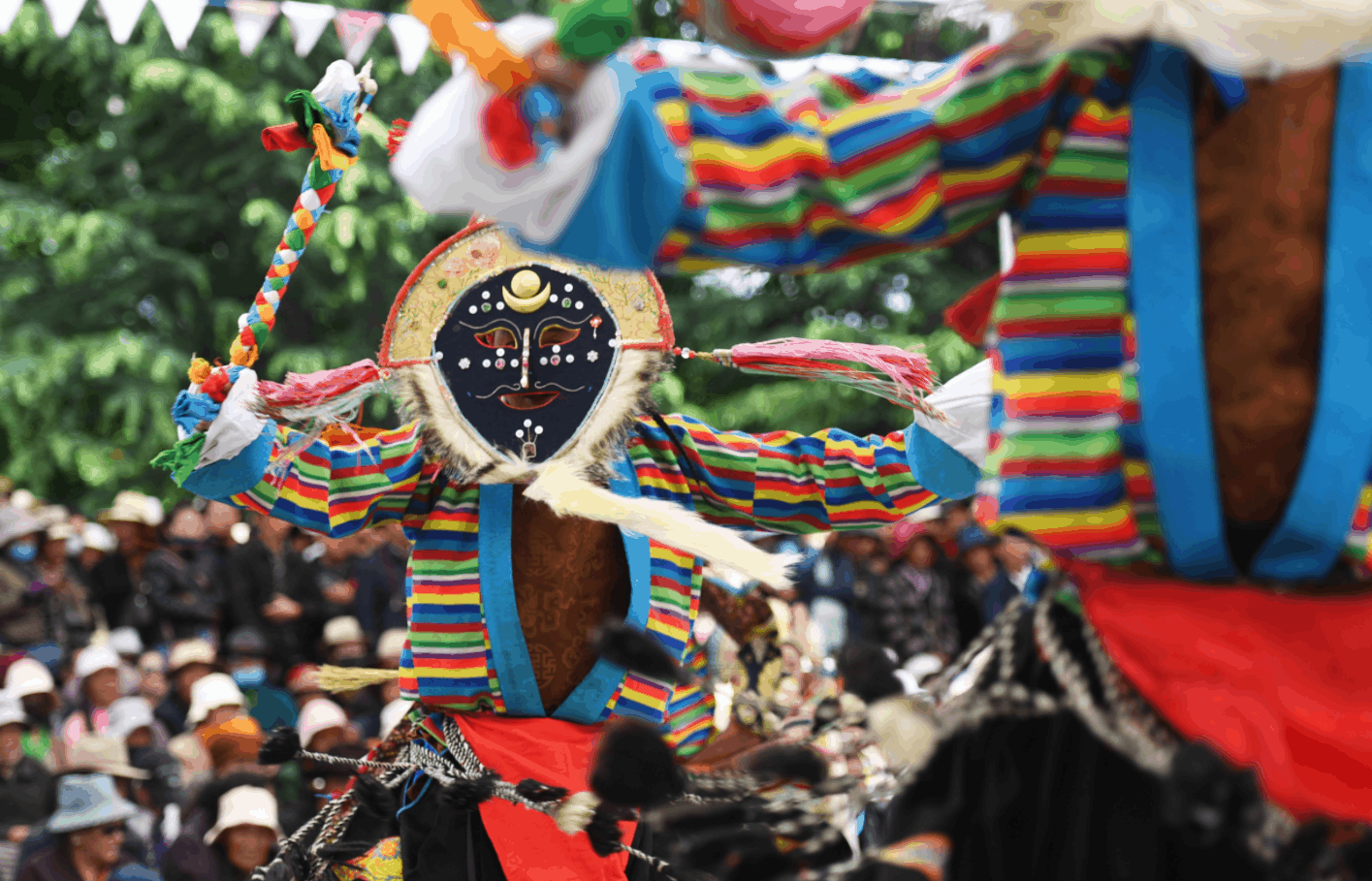
- $1280.00
- 7D6N DAYS
01. Specially arrange a 3days tour in Lhasa to hava a deep experience of the various kinds of Tibetan Culture, also a very good opportunity to shoot the local people.02. Count the steps up to the Potala Palace — the holy palace of Tibetan B…
Read More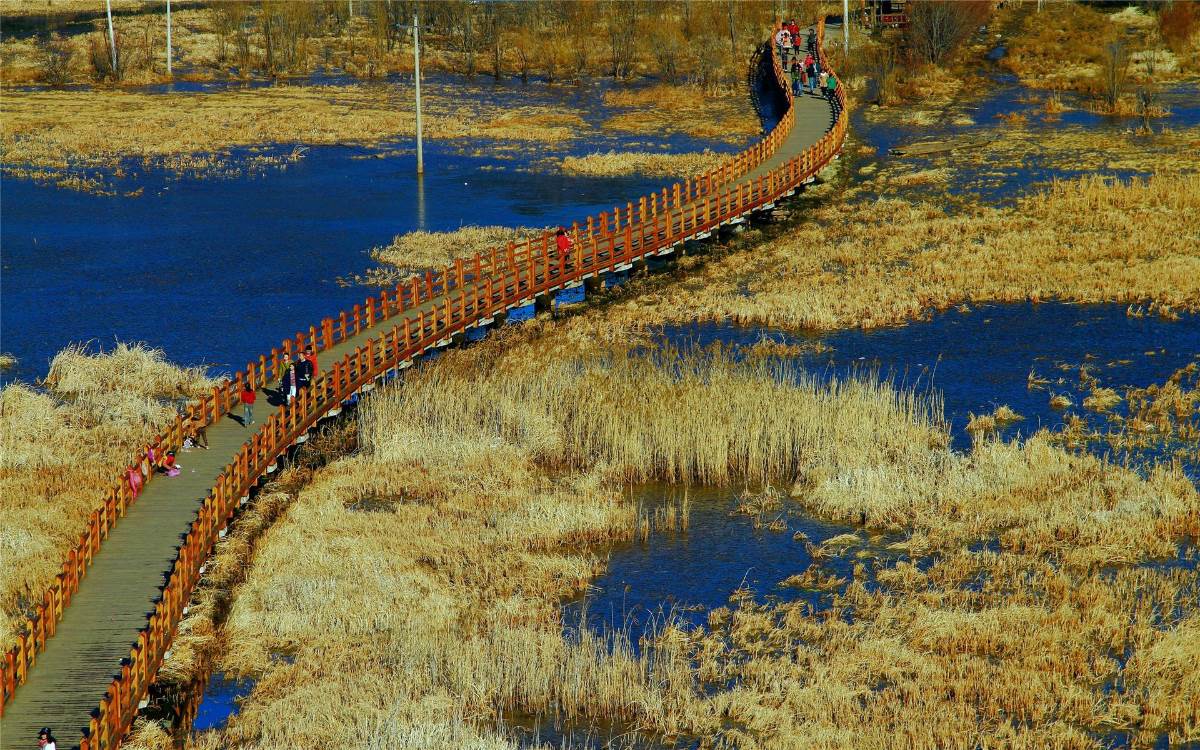
- $1168.00
- 8D7N DAYS
01. Driving through one of China's most amazing expressway-Yaxi Expressway, which is acclaimed as an "expressway in the clouds" as it ascends 7.5 meters for every kilometer.02. Take the famous pig-boat leisurely sailing on the …
Read More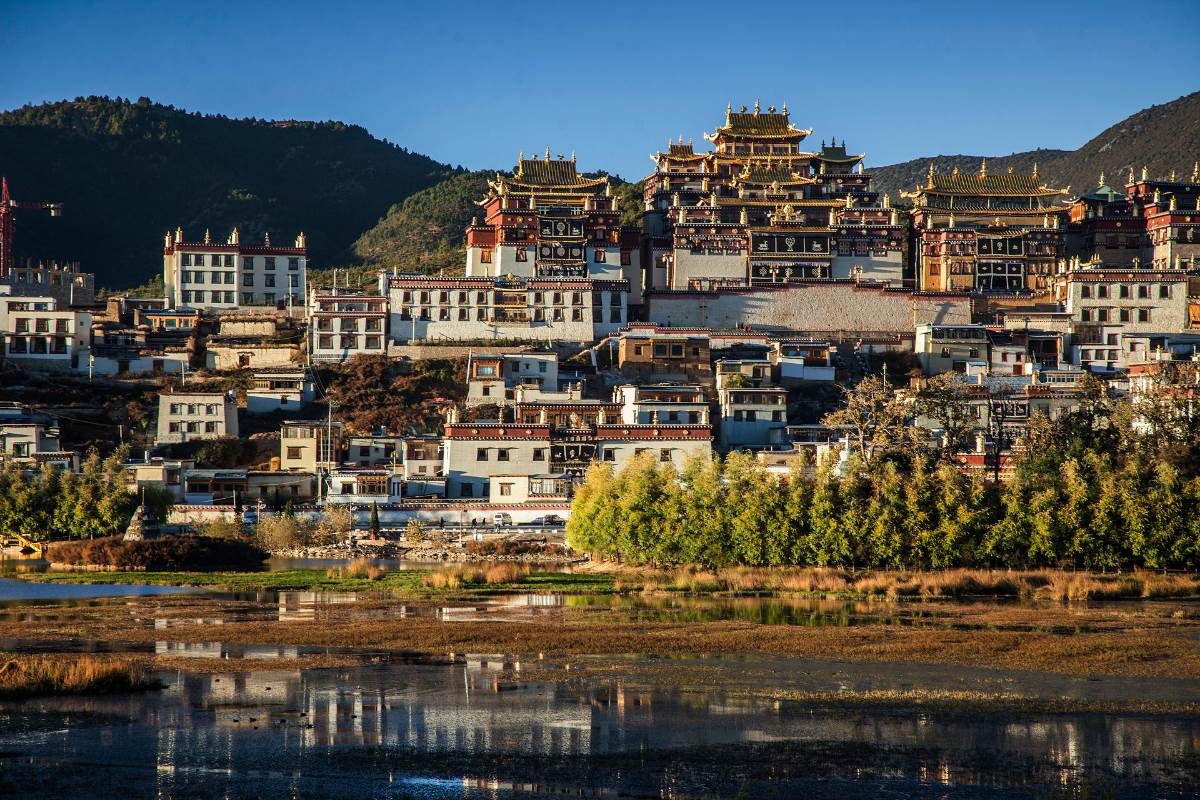
- $1498.00
- 11D10N DAYS
01. Have a walk in the believed-to-be “Paradise of Photographers” Xinduqiao to experience local Khampa Tibetan landscape and local people,enjoying the endless sub-alpine meadow, scattered yaks in Xinduqiao. 02. Visiting the highest town in…
Read More
- $898.00
- 7D6N DAYS
01. Immerse yourselves in old towns in Dali, Lijiang and Zhongdian, admire colorful minority costumes and exotic tradition cultures, meet the hospitality of unsophisticated Tibetan people…02. Enter deep into the Tibetan world of Shangri-La,…
Read More